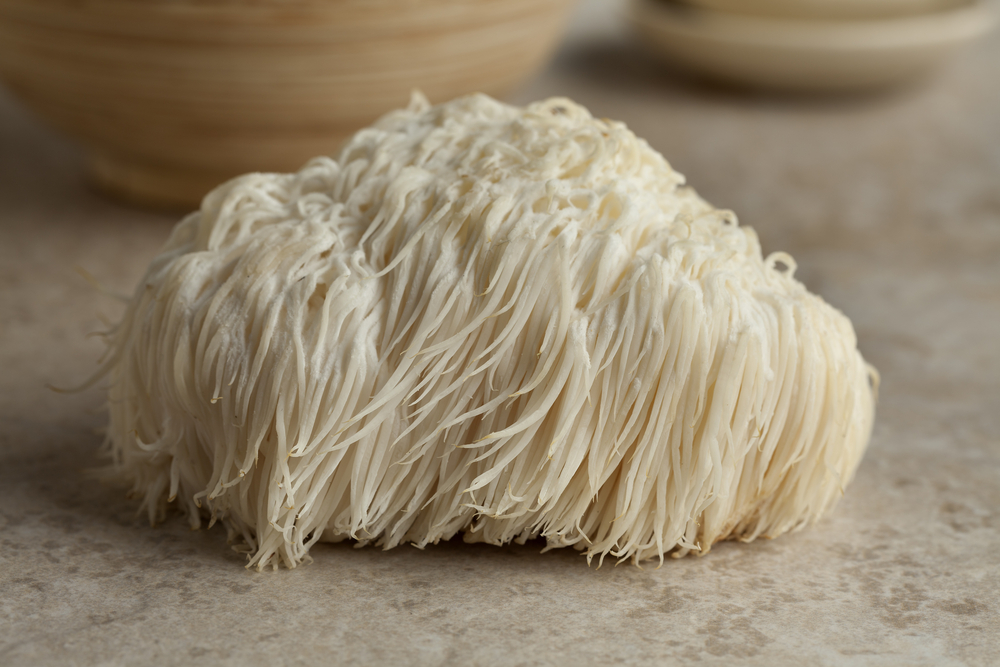
In the world of medicinal mushrooms, Lion’s Mane (Hericium erinaceus) is a unique and interesting species. Also known by the nameYamabushitake“mountain-priest mushroom” in Japan orHou Tou Gu "monkey head mushroom" in China, Lion’s Mane has been revered for centuries in traditional Asian medicine for its cognitive enhancing properties.
Lion’s Mane boasts a rich nutritional profile. It contains an abundance of bioactive compounds, including polysaccharides, terpenes, phenolic compounds, and amino acids. It is also high in antioxidants and a decent source of vitamin D, iron and potassium.
Elusive in nature and distinctive in appearance, it springs forth from dead or dying hardwood trees in mountainous areas across North America, Europe and Asia. With its long and soft spines that resemble a cascade of icicles, its appearance resembles those of its monikers - a lion’s mane, a monkey’s head; or, a little white hedgehog.
According to Traditional Chinese Medicine, it supports all five internal organs: the heart, liver, spleen, kidneys and lungs. Traditionally reserved for royalty, it has been used as a tonic for overall health and vitality, as well as for brain and digestive health. TCM also suggests it as a restorer ofQi- life force.
Legend has it that it was first used by mountain-dwelling monks, thousands of years ago, who would make tea from the powdered mushroom. Using it to increase their brain power and heighten their focus during their meditation practices.
It is also one of the most well-researched medicinal medicines in the modern Western sphere. There have been numerous studies investigating its effects on the brain, particularly on its capacity to promote Nerve Growth Factor (NGF) production. NFG is a protein that plays an imperative role in the growth, maintenance and survival of neurons.Furthermore, other research suggests that Lion's Mane may help reduce inflammation in the brain, which is associated with the neurodegenerative diseases that are all too common nowadays.
In a 2017 study, results were clearly shown that the participants who took the Lion’s Mane for 16 weeks enjoyed noticeable improvements in cognitive function over the placebo group. The same participants recorded decreased scores on the same tests after just four weeks without ingesting the mushroom.
Lion’s Mane can be consumed in various forms, including fresh, dried, powdered, or as an extract.
OurRaw Living brand Lion’s Mane Dual Extract Powder is great value and of the highest quality. Extract form is the best way of receiving its benefits, you can add 1/2-1 tsp to soups, or use it as the basis of a coffee substitute drink.
You can also keep the highly practicalFour Sigmatic sachets in your bag - perfect for travelling, or just for days on the go.
Tinctures are also another convenient way of consumption, easy to keep at hand for some quick daily drops under the tongue. Dragon Herbs’ tinctures are of the best quality and can be found on our websitehere.
If you feel like getting more hands-on, there are various grow kits available online. While they require daily care, it can be a fun and very rewarding project. There’s nothing better than eating your own freshly grown Lion’s Mane - certainly one of the tastiest mushrooms out there!
You can find all of our Lion’s Mane productshere.
By Reuben Wood


